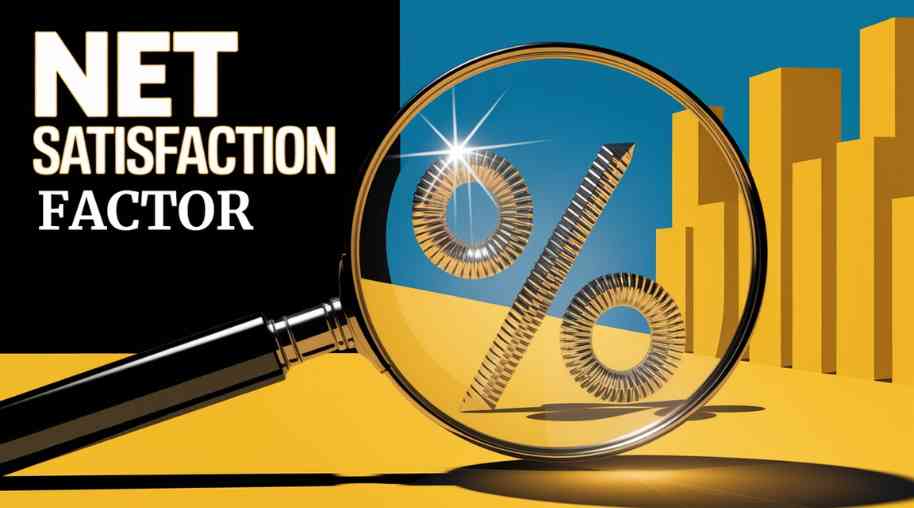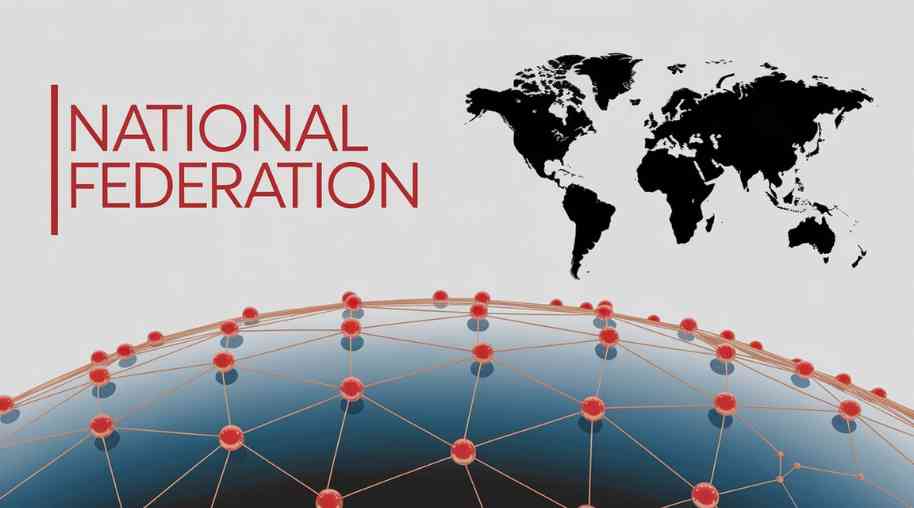NSF Full Form-Net Satisfaction Factor
by Shashi Gaherwar
0 1015
Net Satisfaction Factor (NSF): Measuring Customer Satisfaction and Business Success
Introduction
Customer satisfaction plays a crucial role in the success and sustainability of any business. To understand how well they are meeting customer expectations, companies turn to various measurement tools. One such insightful and practical metric is the Net Satisfaction Factor (NSF). This measure helps businesses quantify customer satisfaction, assess service quality, and make informed decisions to enhance customer experience.

NSF reflects customer sentiment by considering overall satisfaction, feedback, and brand perception. This article explores the definition, calculation, benefits, and strategic applications of NSF in improving customer loyalty and business performance.
What is Net Satisfaction Factor (NSF)?
Net Satisfaction Factor (NSF) is a metric that gauges the percentage of satisfied customers relative to dissatisfied ones. It indicates how effectively a business meets or exceeds customer expectations across products, services, or overall experiences. Unlike some narrower satisfaction metrics, NSF offers a broader perspective and is often used alongside tools like Net Promoter Score (NPS), Customer Satisfaction Score (CSAT), and Customer Effort Score (CES) to gain a comprehensive understanding of customer behavior.
How to Calculate Net Satisfaction Factor
The NSF is calculated using the formula:
NSF = ((Number of Satisfied Customers – Number of Dissatisfied Customers) / Total Number of Customers) × 100
For example, if a company surveys 1,000 customers and receives 700 satisfied responses and 200 dissatisfied ones, the NSF would be:
NSF = ((700 – 200) / 1000) × 100 = 50%
A positive NSF indicates more satisfied than dissatisfied customers, while a negative NSF signals underlying issues that need attention.
Key Factors Affecting NSF
Several key factors influence a company's NSF score:
• Product Quality: Superior product performance leads to higher satisfaction.
• Customer Service: Efficient, courteous, and accessible support enhances the customer experience.
• Pricing and Value: Fair pricing and clear value propositions positively influence satisfaction.
• Ease of Use: A smooth and intuitive user experience increases overall satisfaction.
• Brand Reputation: A well-regarded brand inspires trust and loyalty.
• Customer Engagement: Consistent interactions and personalized experiences help build stronger relationships.
Benefits of Measuring NSF
Measuring and analyzing NSF offers multiple business advantages:
• Identifying Strengths and Weaknesses: Companies can pinpoint what’s working and what needs to improve.
• Enhancing Customer Retention: A high NSF reflects strong customer satisfaction, encouraging long-term loyalty.
• Improving Brand Reputation: Happy customers are more likely to leave positive reviews and refer others.
• Driving Business Growth: Higher satisfaction often leads to increased revenue and market share.
• Gaining a Competitive Edge: Continually monitoring NSF helps businesses stay agile and responsive to customer needs.
Strategies to Improve NSF
To raise the Net Satisfaction Factor, businesses can implement several strategic actions:
• Collect and Analyze Feedback: Use surveys, social media, and reviews to gather insights, then act on them.
• Improve Customer Service: Train staff to be empathetic and effective across all support channels.
• Personalize Experiences: Leverage data to offer customized solutions and reward loyal customers.
• Focus on Product and Service Quality: Maintain high standards and adapt to evolving customer demands.
• Ensure Transparency: Clearly communicate pricing, policies, and terms to build trust and avoid misunderstandings.
NSF Compared to Other Satisfaction Metrics
NSF stands out by offering a net result of satisfaction, combining both positive and negative sentiments for a holistic view. In contrast, NPS focuses on customer loyalty and referrals, CSAT evaluates satisfaction with specific interactions, and CES measures the ease of customer experiences. While each metric is useful, NSF provides a broader lens on long-term customer satisfaction and business health.
Case Study: Boosting NSF in an E-commerce Company
An e-commerce company noticed a drop in returning customers. Upon calculating its NSF, the score was only 40%, revealing dissatisfaction primarily due to delayed deliveries and inadequate customer support.
To address this, the company:
• Partnered with faster logistics providers.
• Improved its customer service team with better training and staffing.
• Introduced a loyalty program with exclusive rewards.
Within six months, the NSF rose to 75%, which coincided with a 20% boost in revenue and improved customer retention.
The Net Satisfaction Factor is a powerful and actionable metric that enables businesses to measure customer satisfaction comprehensively. It helps identify areas for improvement, enhance customer relationships, and achieve sustainable growth. In today’s competitive landscape, companies that actively monitor and improve their NSF are better positioned to build customer loyalty, strengthen their brand, and gain a competitive advantage.

Share:








Comments
Waiting for your comments